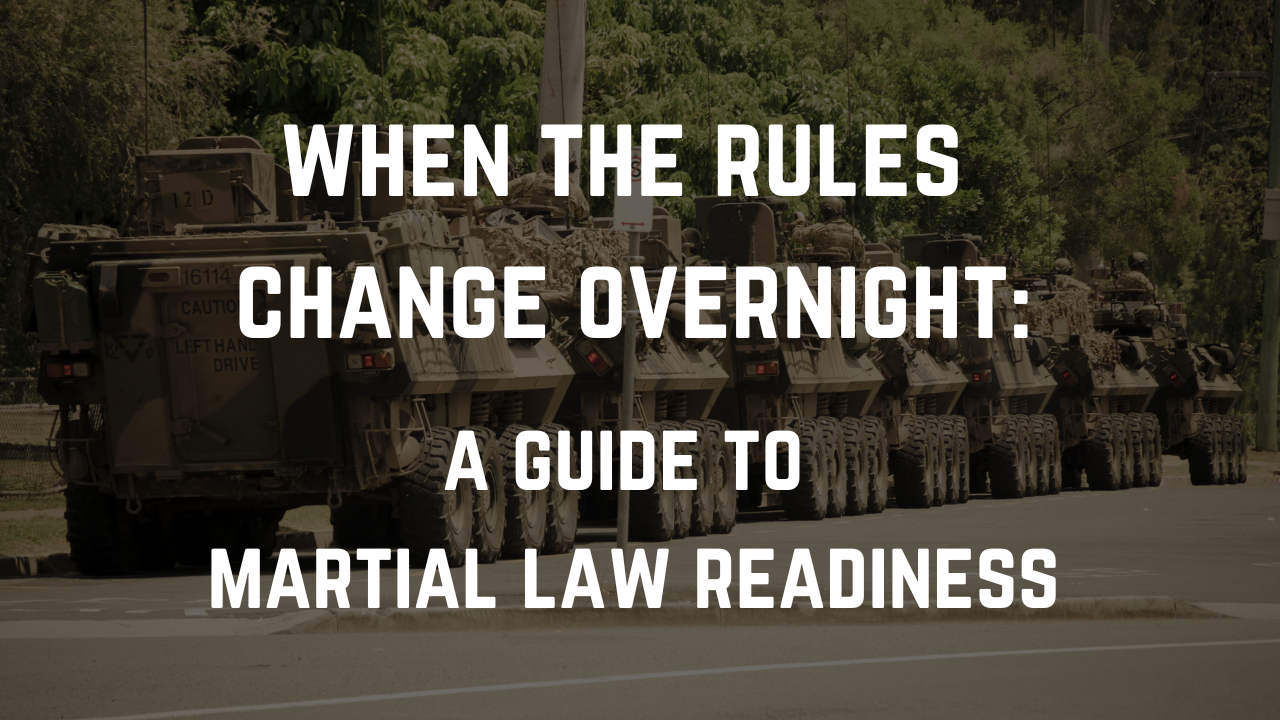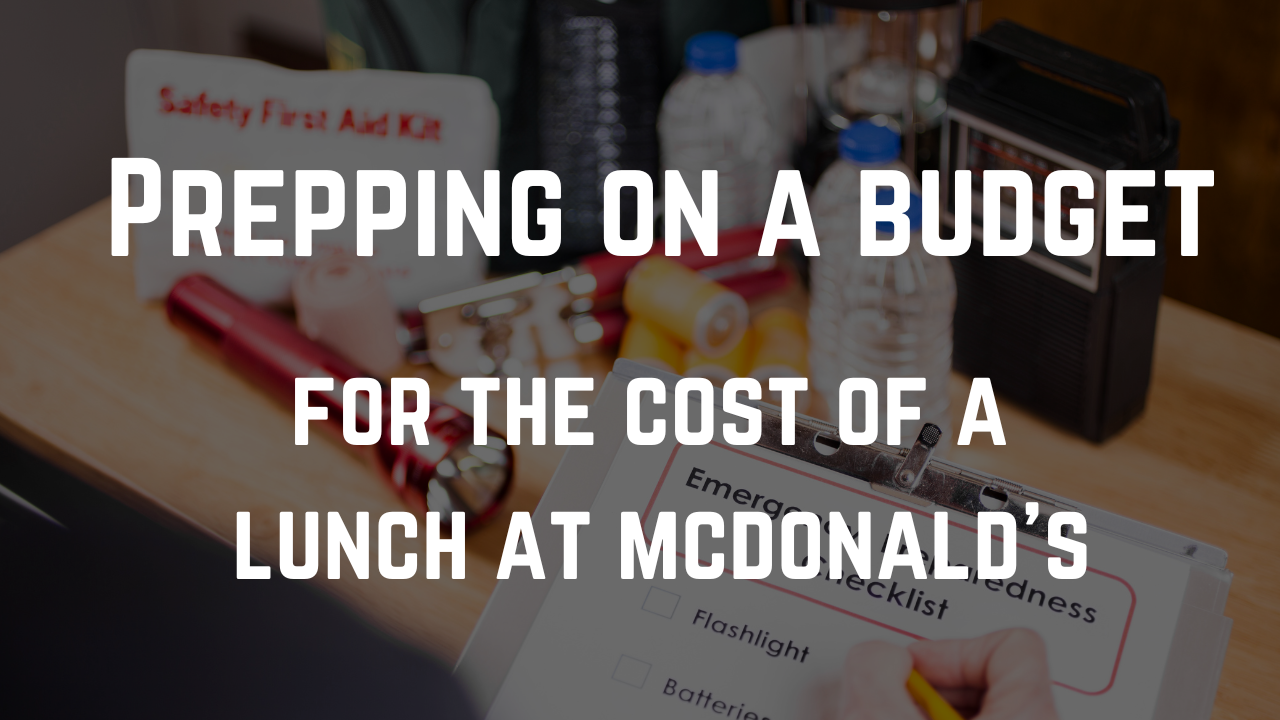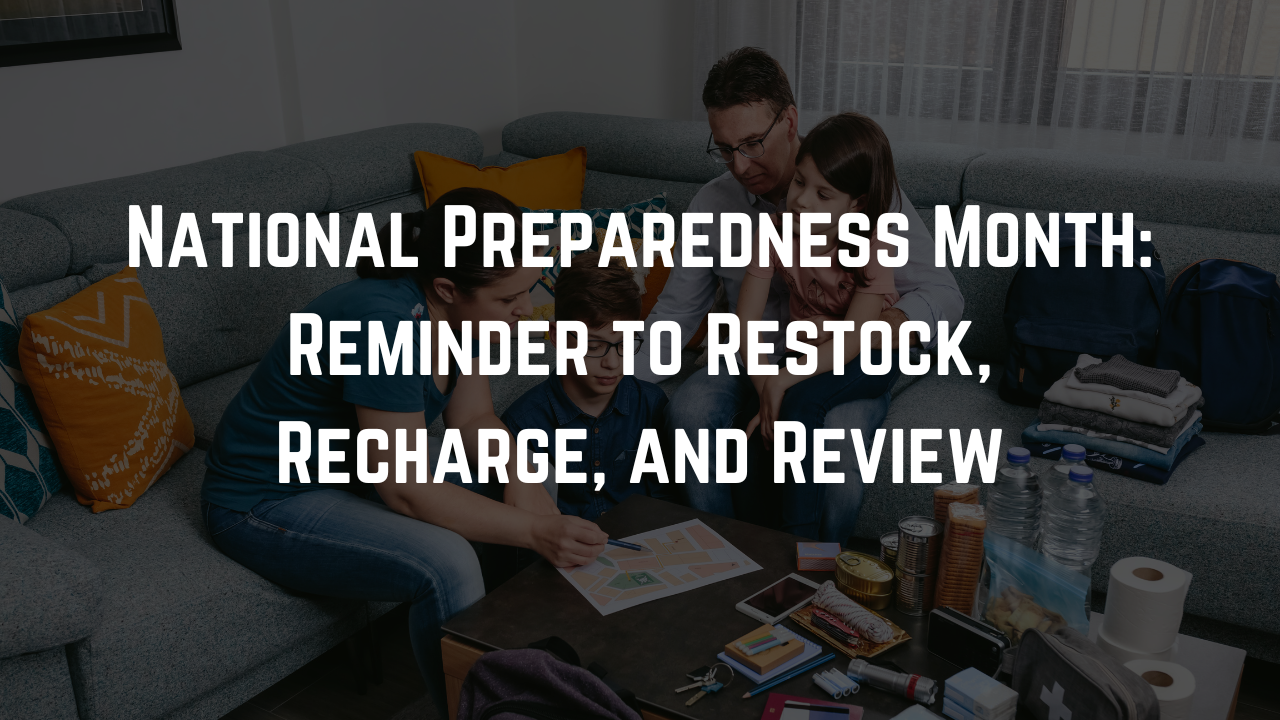
In the past year, the United States and the world have faced a series of devastating disasters, ranging from hurricanes, wildfires to floods and earthquakes, that have left lasting impacts on communities and individuals alike. These events offer important lessons about the value of everyday preparedness, even for those who don’t consider themselves “preppers.”
The Reality: Disasters Are Increasingly Common
In 2024 alone, the U.S. experienced 27 separate weather and climate disasters, each causing over $1 billion in damages[1][2]. Hurricane Helene, for example, was the deadliest Atlantic hurricane since Maria in 2017, causing historic flooding, landslides, and widespread infrastructure damage across several states[2]. Globally, events such as wildfires in Chile and earthquakes in Asia claimed hundreds of lives and underscored the unpredictable nature of disaster risk[3].
Key Lessons for Everyday Preparedness
1. Modern Building Codes and Smart Planning Save Lives
Recent disasters have shown that communities with updated building codes, such as elevated homes and improved utility placements, fared significantly better. For instance, relocating critical infrastructure like fire stations out of flood zones meant first responders could remain operational during Hurricane Helene[4]. These examples highlight the importance of advocating for safer building standards and knowing your own home’s vulnerabilities.
2. Debris Removal and Community Coordination Matter
After major storms, coordinated debris removal efforts have prevented further flooding and allowed for faster recovery[4]. This demonstrates the value of not only preparing your own home but also working with neighbors and local officials to keep your community safe.
3. Have a Family Emergency Plan
Experts stress that no amount of gear can replace a well-thought-out emergency plan[5]. This means:
- · Identifying likely hazards in your area
- · Establishing communication strategies if phone lines are down
- · Knowing evacuation routes and meeting points
- · Keeping contact information for family and emergency services handy
4. Practice Makes Preparedness Routine
Simple drills, like “drop, cover, and hold on” for earthquakes, can make the right response second nature for your family[5]. Practicing your plan ensures everyone knows what to do, reducing panic and confusion when seconds matter.
5. Preparedness Is for Everyone
The scale and variety of recent disasters make it clear: you don’t have to live in a high-risk area to benefit from basic preparedness. Whether it’s a power outage, a flood, or an unexpected evacuation, having supplies, a plan, and a support network can make or break your situation.
Takeaway: Small Steps, Big Impact
You don’t need to be a “doomsday prepper” to be ready for the unexpected. Recent disasters show that simple actions like updating your emergency contacts, reviewing your insurance, practicing evacuation routes, and keeping a basic supply kit can protect you, your loved ones, and your community[4][5][2]. Everyday preparedness is about peace of mind and resilience, not living in fear.
Start today:
- · Make or update your family emergency plan
- · Check your home for simple safety improvements
- · Get to know your neighbors and community resources
Disasters may be unpredictable, but your response doesn’t have to be.
Resources:
1. https://www.ncei.noaa.gov/access/billions/
5. https://www.everydayhealth.com/healthy-home/what-to-do-when-disaster-strikes.aspx


